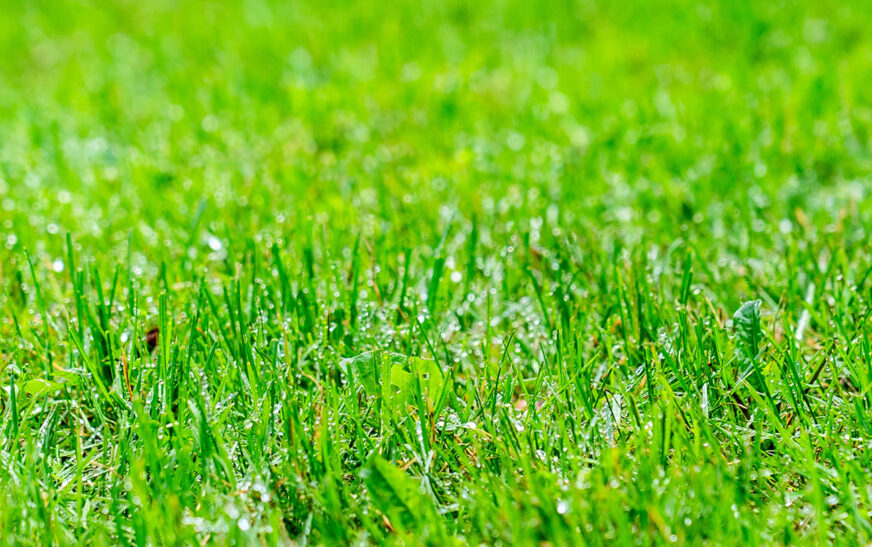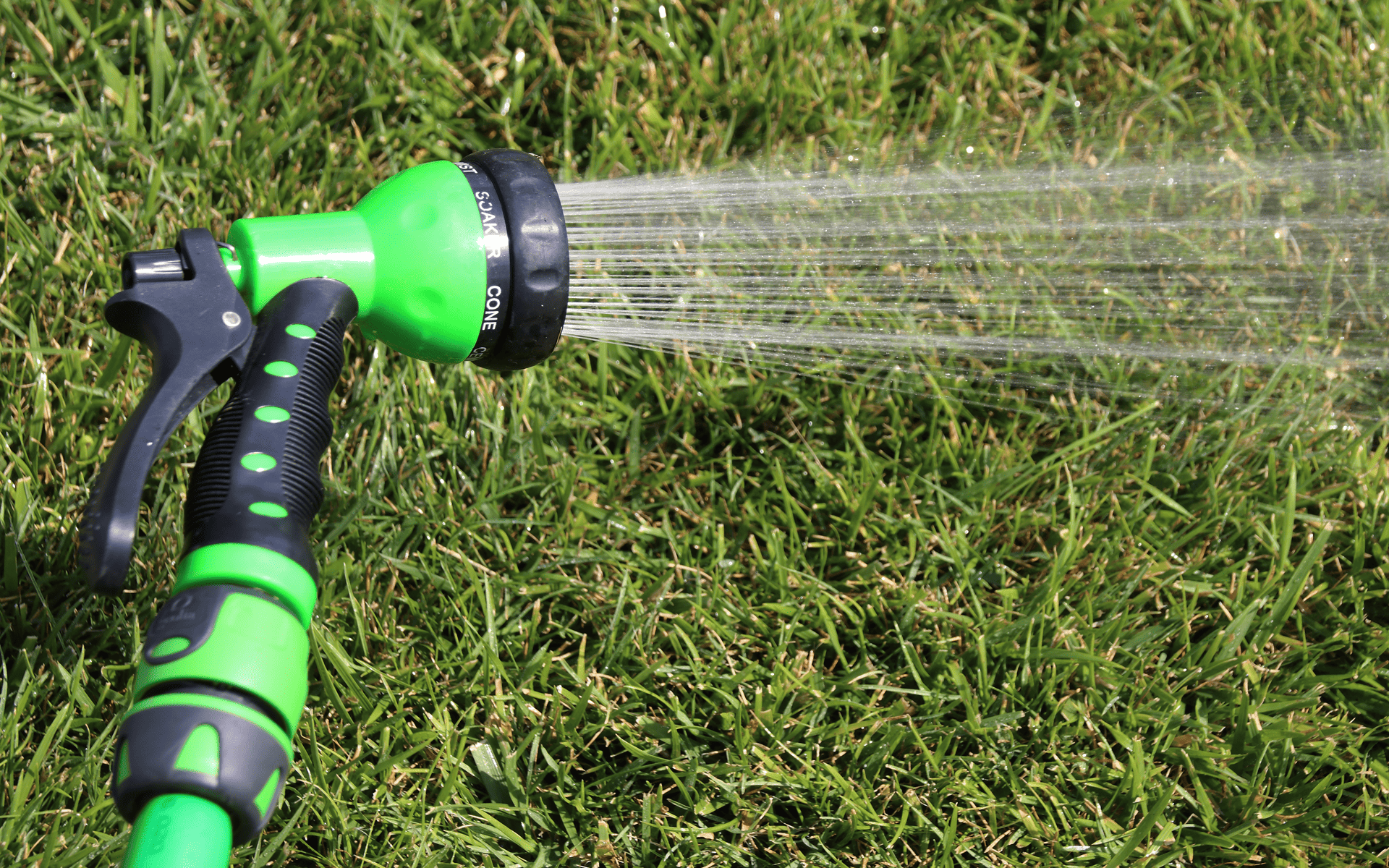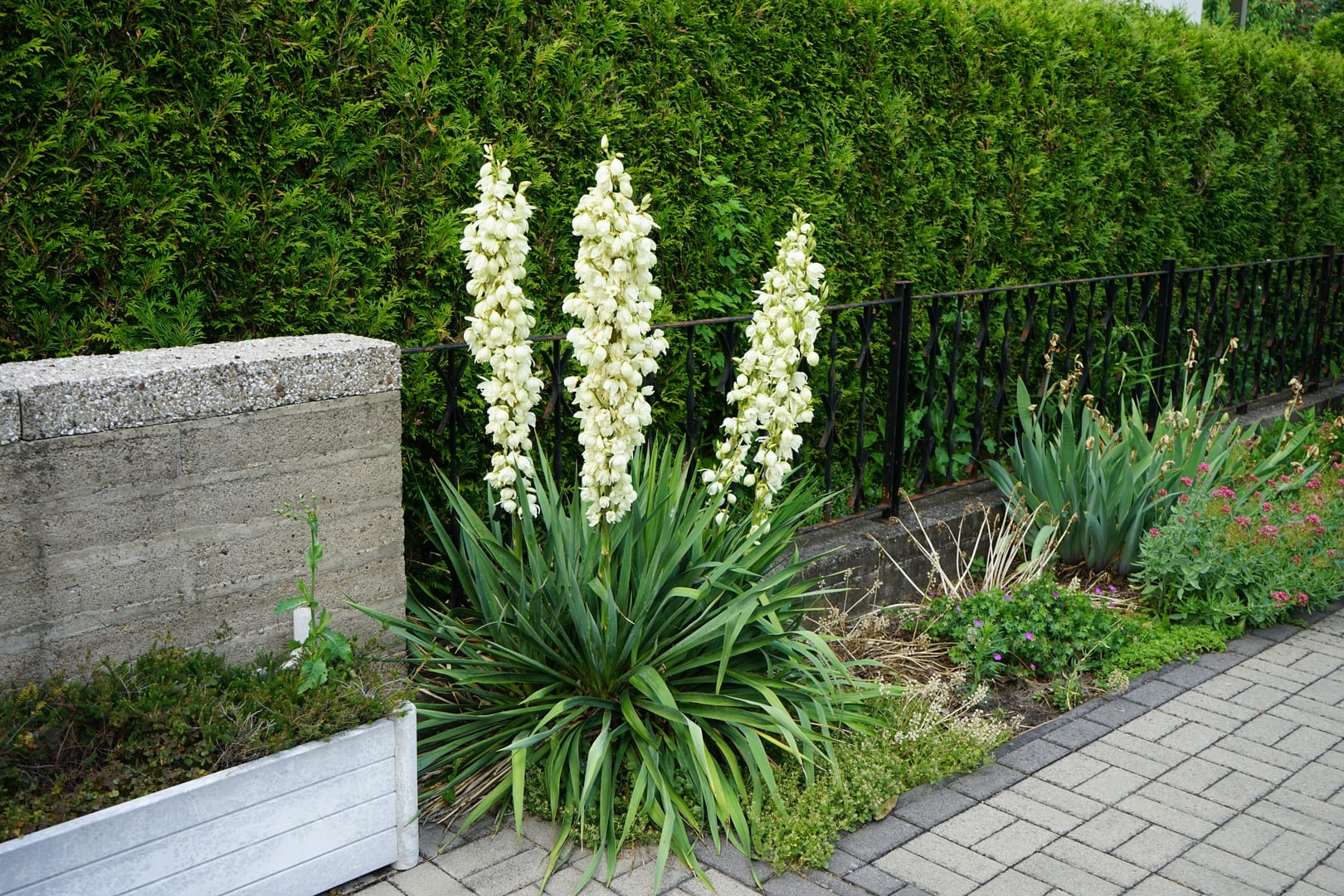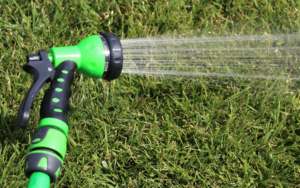Australian summers are famous for their intense heat, dry winds, and long, sunny days. While this might sound ideal for a beach day, it’s often a challenging season for your lawn. From battling drought stress to surviving foot traffic during backyard barbecues, your lawn faces a lot during summer.
The Scorching Heat: A Lawn’s Biggest Enemy
The hallmark of an Australian summer is the relentless heat. In many parts of the country, temperatures can soar past 40°C, creating conditions that can wreak havoc on your lawn. Prolonged exposure to such heat can:
- Dry Out the Soil: High temperatures evaporate moisture from the soil faster than it can be replenished, leaving your lawn parched and vulnerable.
- Burn Grass Blades: Grass blades can scorch and turn brown under direct sunlight, especially if they’re not shaded or properly hydrated.
- Encourage Dormancy: Some grass types, like cool-season grasses, may enter dormancy during extreme heat to conserve resources. This results in a dull, brown appearance.
What You Can Do:
- Water Early: Water your lawn early in the morning when evaporation rates are lower. This allows moisture to penetrate the soil deeply.
- Adjust Mowing Height: Set your mower blades higher to leave grass longer. Longer grass provides shade to the soil, helping retain moisture.
- Add Mulch: Use mulch around garden edges to help retain soil moisture and reduce heat stress on nearby grass.
Drought Conditions and Water Restrictions
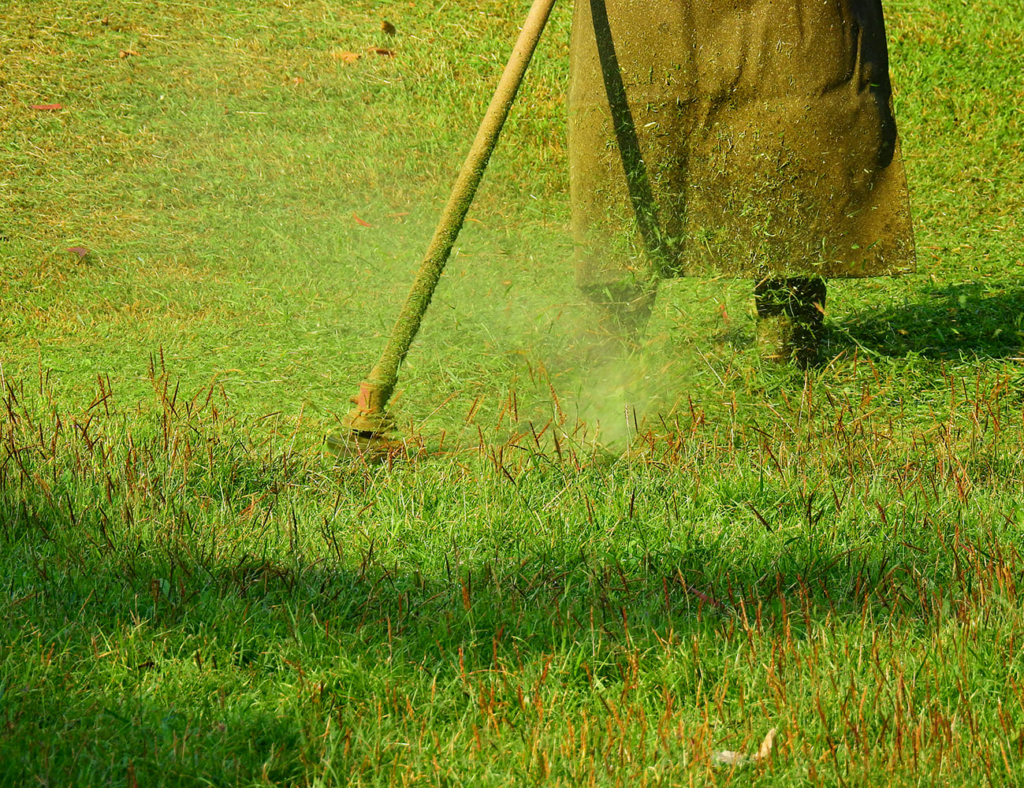
Australia’s summers are often accompanied by droughts and water restrictions. Limited rainfall combined with strict watering schedules can make it difficult to keep your lawn hydrated. Grass suffers when it can’t get enough water to sustain healthy growth.
Signs of a Drought-Stressed Lawn:
- Grass turns a dull blue-green colour.
- Footprints remain visible after walking on the lawn.
- Soil becomes hard and compacted.
What You Can Do:
- Choose Drought-Resistant Grass Types: Consider warm-season grasses like buffalo, couch, or kikuyu, which are better adapted to Australian conditions.
- Use Greywater: Redirect greywater from laundry or showers to water your lawn (be sure to use eco-friendly detergents).
- Aerate the Soil: Aerating your lawn improves water absorption and helps roots grow deeper, making your lawn more drought-resistant.
Pests and Diseases Love the Heat Too
Unfortunately, your lawn isn’t the only thing that thrives in summer. Warm conditions are ideal for pests and fungal diseases, which can quickly turn your lush lawn into a patchy mess.
Common Summer Lawn Pests:
- Lawn Grubs: These underground pests feed on grass roots, causing brown patches.
- Armyworms: Known for their rapid destruction, armyworms can strip your lawn of its foliage overnight.
- Curl Grubs: These white, C-shaped larvae also damage roots, leaving your lawn weak and patchy.
Summer Lawn Diseases:
- Brown Patch Disease: Causes circular brown areas in your lawn.
- Dollar Spot: Appears as small, straw-coloured spots on your grass.
- Pythium Blight: Thrives in humid conditions and creates slimy, discoloured patches.
What You Can Do:
- Monitor Regularly: Check your lawn frequently for signs of pests or disease. Early detection is key.
- Encourage Natural Predators: Birds and beneficial insects like ladybugs can help control pest populations.
- Apply Treatments Sparingly: Use pest control products or fungicides only as needed, and follow label instructions carefully.
Wear and Tear: High Traffic Areas
Summertime often means more time spent outdoors. Backyard barbecues, games of cricket, and general foot traffic can take a toll on your lawn. Heavy use compacts the soil and damages grass, leading to thinning and bare patches.
What You Can Do:
- Create Pathways: Use stepping stones or garden paths to divert traffic away from vulnerable areas.
- Rotate Activity Zones: If possible, rotate where activities take place to give overused areas a chance to recover.
- Overseed Thin Patches: Apply grass seed to thin or bare areas to encourage regrowth.
Summer Weeds: An Unwanted Guest
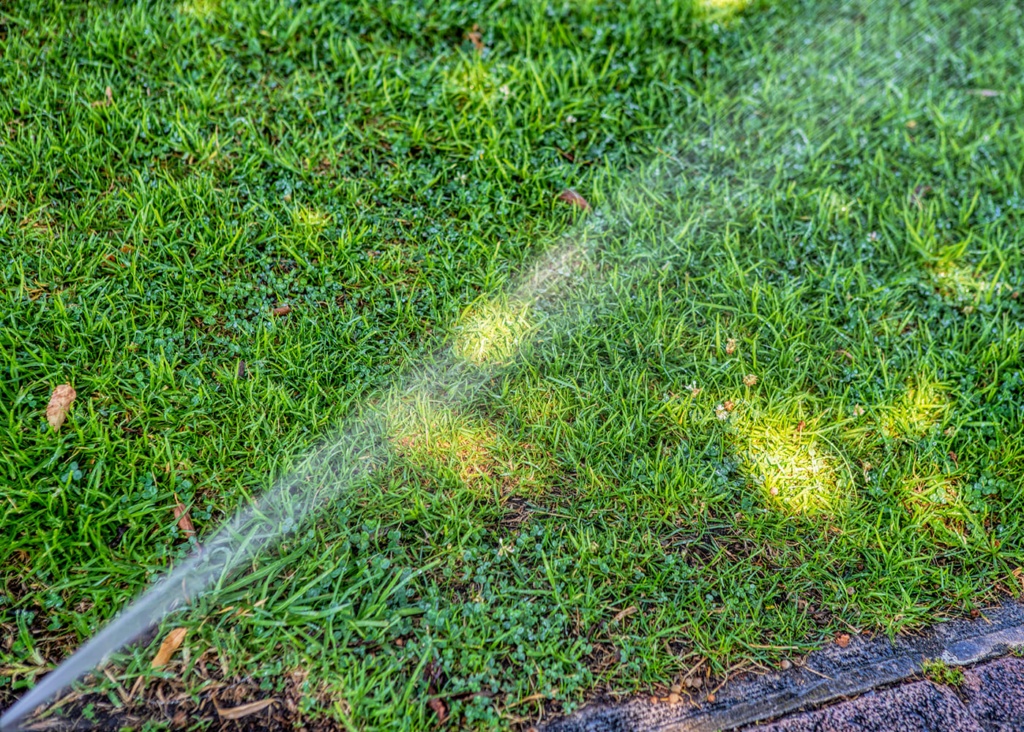
Weeds are opportunistic and thrive in the same sunny conditions as your grass. Without proper care, they can quickly take over your lawn, stealing nutrients and moisture from the grass.
Common Summer Weeds:
- Bindii: Known for its painful spiky seeds.
- Clover: Competes with grass for resources and spreads rapidly.
- Crabgrass: Grows quickly and aggressively in summer heat.
What You Can Do:
- Hand-Pull Early: Remove weeds manually as soon as you spot them. This prevents them from spreading.
- Apply a Pre-Emergent Herbicide: This can stop weeds from germinating in the first place.
- Maintain Lawn Health: A thick, healthy lawn naturally suppresses weed growth by blocking sunlight to weed seeds.
The Role of Soil Health
Your lawn’s ability to withstand summer stress largely depends on the condition of the soil. Poor soil health leads to weak roots, making it harder for your lawn to survive heat and drought.
What You Can Do:
- Test Your Soil: Use a soil testing kit to check pH and nutrient levels. Most lawns prefer slightly acidic soil (pH 6.0 to 7.0).
- Add Organic Matter: Incorporate compost or organic fertiliser to improve soil structure and nutrient content.
- Topdress the Lawn: A thin layer of topsoil or sand can level out uneven areas and improve drainage.
Conclusion
Australian summers pose significant challenges to maintaining a healthy, vibrant lawn. From scorching heat and drought conditions to pests, diseases, and heavy foot traffic, there’s no shortage of obstacles. However, with proper care and preparation—such as watering strategically, aerating the soil, and choosing the right grass type—you can ensure your lawn stays resilient throughout the season. By understanding how Australian summers affect your lawn, you’ll be better equipped to keep it green, healthy, and ready for all the summer fun.

